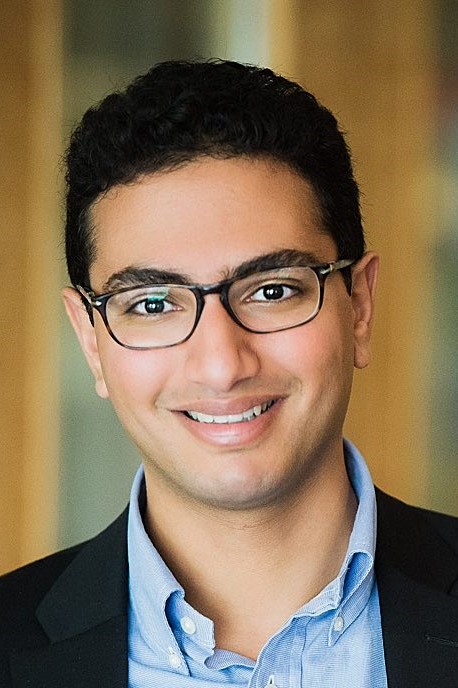- Video Library
- Aspect BioSystems | Tamer Mohamed, CEO
Aspect BioSystems | Tamer Mohamed, CEO

Tamer Mohamed
An entrepreneur, engineer, inventor, Tamer currently serves as our President and Chief Executive Officer. Tamer co-founded Aspect in 2013 and has played a leading role in our overall corporate, business, and technology development. Under his leadership, we have secured significant funding, entered strategic collaborations with best-in-class pharmaceutical and biotechnology companies, and developed our commercial products. In his previous appointment as Chief Technology Officer of the company, Tamer drove the innovation and development of the company’s core technologies and intellectual property.
As a leader in the field of 3D bioprinting, he has been invited to speak on this topic at venues ranging from TEDx to industry, scientific and executive conferences. In 2017, he was awarded BC's Top 40 under 40 award for demonstrating excellence in business, judgement, leadership, and community contribution. Tamer serves on the Board of Directors for ACETECH, a non-profit training and mentoring organization for CEOs of technology and life sciences companies, and on the Board of Directors for The Stem Cell Network, an organization focused on building Canada’s stem cell and regenerative medicine research sector.
Tamer holds a B.A.Sc. in Biomedical Engineering and M.A.Sc. in Electrical and Computer Engineering from the University of British Columbia.
Tamer Mohamed
An entrepreneur, engineer, inventor, Tamer currently serves as our President and Chief Executive Officer. Tamer co-founded Aspect in 2013 and has played a leading role in our overall corporate, business, and technology development. Under his leadership, we have secured significant funding, entered strategic collaborations with best-in-class pharmaceutical and biotechnology companies, and developed our commercial products. In his previous appointment as Chief Technology Officer of the company, Tamer drove the innovation and development of the company’s core technologies and intellectual property.
As a leader in the field of 3D bioprinting, he has been invited to speak on this topic at venues ranging from TEDx to industry, scientific and executive conferences. In 2017, he was awarded BC's Top 40 under 40 award for demonstrating excellence in business, judgement, leadership, and community contribution. Tamer serves on the Board of Directors for ACETECH, a non-profit training and mentoring organization for CEOs of technology and life sciences companies, and on the Board of Directors for The Stem Cell Network, an organization focused on building Canada’s stem cell and regenerative medicine research sector.
Tamer holds a B.A.Sc. in Biomedical Engineering and M.A.Sc. in Electrical and Computer Engineering from the University of British Columbia.

17011 Beach Blvd, Suite 500 Huntington Beach, CA 92647
714-847-3540© 2025 Life Science Intelligence, Inc., All Rights Reserved. | Privacy Policy







